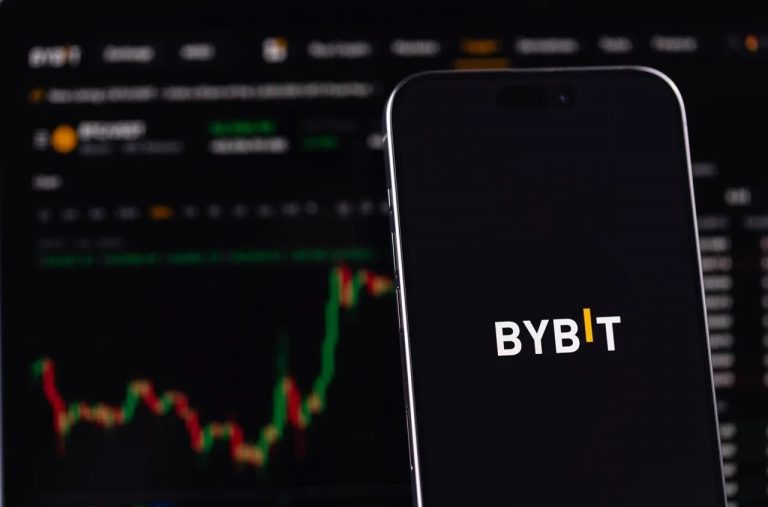
Over 450,000 ETH was siphoned from its Ethereum Cold Wallet, likely by the North Korean Lazarus Group, exploiting a flaw in the wallet’s smart contract interface. In response, Bybit acted swiftly to stabilize its funding. CEO Ben Zhou announced on February 24 that the exchange had fully restored its ETH reserves by borrowing funds from other entities, including rival exchanges, to repurchase ETH on the market. This move pushed ETH prices from $2,600 to over $2,800 between Saturday and Sunday.
Withdrawals and deposits were normalized within two days, and Zhou promised a new Proof of Reserves report to reassure users of 1:1 asset backing. Alongside this, Bybit introduced a bounty program, offering rewards—likely in the millions—to white-hat hackers or informants who help recover the stolen funds or identify the culprits. This dual approach of stabilization and incentivization aims to rebuild trust after a hit roughly equivalent to its annual profits.
Meanwhile, Pump.fun, the Solana-based memecoin launchpad, is shaking things up in the decentralized exchange (DEX) world, particularly for Raydium. On February 24, reports surfaced that Pump.fun is testing its own automated market maker (AMM) at amm.pump.fun, potentially sidelining Raydium as the default DEX for tokens graduating from its platform. Historically, when a Pump.fun token hits a $69,000 market cap, $12,000 in liquidity is deposited and burned on Raydium for broader trading.
Register for Tekedia Mini-MBA edition 19 (Feb 9 – May 2, 2026): big discounts for early bird.
Tekedia AI in Business Masterclass opens registrations.
Join Tekedia Capital Syndicate and co-invest in great global startups.
Register for Tekedia AI Lab: From Technical Design to Deployment (next edition begins Jan 24 2026).
Now, with its own AMM, Pump.fun could keep that liquidity in-house, capturing more fees and possibly adding features like memecoin perpetuals or lending. This shift threatens Raydium’s dominance on Solana, where it’s been the go-to DEX, boasting a peak total value locked (TVL) of $2.96 billion in January 2025. The market reacted fast—Raydium’s RAY token crashed over 29% in 24 hours, dropping from $4.38 to around $3.09 by February 24, as traders fear a 30-50% volume loss if Pump.fun fully transitions. On-chain data shows Pump.fun’s first test token, $CRACK, already live on its AMM, hinting at a rapid rollout.
Pump.fun’s also in the spotlight for thwarting the Bybit hacker’s attempt to launder funds through its platform. The attacker tried funneling stolen ETH into a memecoin called “QinShihuang (500000),” generating $26 million in trade volume before Pump.fun blocked the transfers and banned the token. Bybit publicly thanked them for the assist, highlighting Pump.fun’s growing influence beyond just memecoin launches.
Bybit’s bounty program, launched in late February 2025, is a strategic response to the largest crypto hack in history, where hackers stole approximately $1.46 billion worth of Ethereum (ETH) from the exchange’s cold wallet on February 21. Officially called the “Recovery Bounty Program,” it’s designed to incentivize ethical hackers, blockchain analysts, and cybersecurity experts to help recover the stolen funds, offering a reward of up to 10% of any assets retrieved.
With the total loss pegged at over $1.4 billion, a full recovery could mean a payout of up to $140 million, though partial recoveries would scale the reward proportionally. The program stems from a dire situation: the hack, attributed to North Korea’s Lazarus Group, exploited a vulnerability in Bybit’s wallet interface during a routine transfer, siphoning off over 450,000 ETH.
In short, Bybit’s stabilizing its ship with borrowed funds and a bounty to chase down its losses, while Pump.fun’s flexing its muscle, disrupting Raydium’s turf and flexing its security chops. The Solana ecosystem’s getting a shake-up, and it’s anyone’s guess how the RAY token—or Raydium’s market share—holds up if Pump.fun’s AMM goes live for real.


